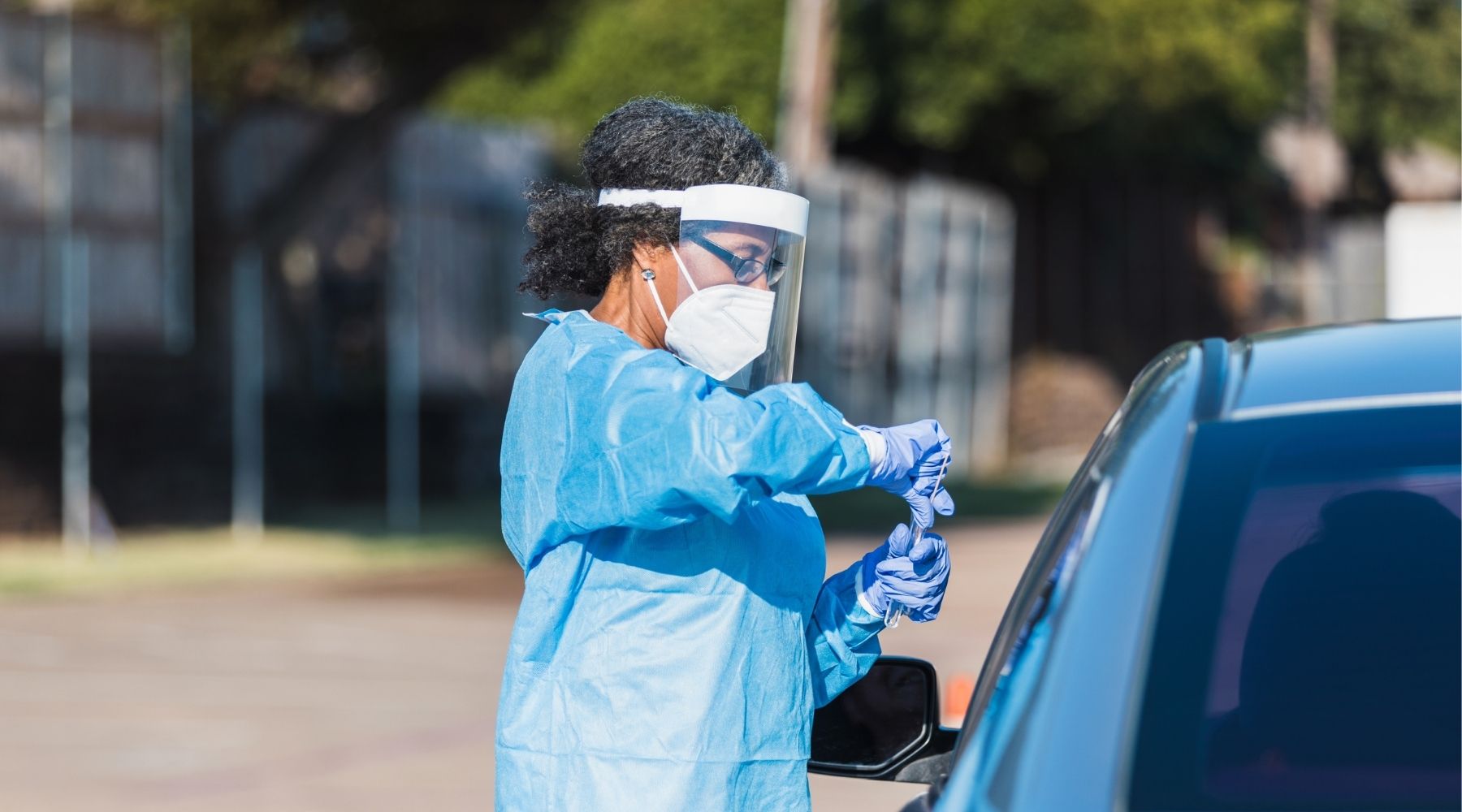Each week, OMRF Vice President of Research Dr. Rod McEver opens “Adam’s Journal” to answer a medical question from Adam Cohen, OMRF’s senior vice president & general counsel.
Adam’s Journal
Do we need to be worried about a surge of the new Covid-19 strain BA.2? Is it any worse than the original omicron variant?
Dr. McEver Prescribes
After weeks of steady decline following the omicron-fueled surge of the winter, coronavirus cases have leveled off in most of the U.S. And in more than a dozen states, positive tests are ticking up.
Many states with rising Covid-19 case counts are those where the so-called BA.2 variant accounts for more than half of new infections. BA.1 (what you and I know as omicron) and BA.2 emerged around the same time last year, but BA.2 was less prevalent. Today, BA.2 is poised to become the dominant variant in the U.S., with it now accounting for an estimated 35% of new cases.
Preliminary data suggest BA.2 is even more infectious than BA.1. Despite this, BA.2 doesn’t appear to cause more severe disease than BA.1. So, while we may see an increase in overall case numbers, hospitalizations and deaths may not follow suit.
Throughout the pandemic, the U.S. has lagged the United Kingdom and Europe by a few weeks. BA.2 cases began to rise there in late February, so we’ll soon see if we’ll follow in their footsteps.
The original omicron surge may help blunt any surge, offering protection from reinfection. Researchers in Denmark analyzed 1.8 million recent cases of Covid-19. In a preprint study, the scientists reported just 47 instances of BA.2 reinfection following infection of BA.1. And most occurred in young, unvaccinated people, who experienced only mild illness.
Whether due to recent infection or vaccination, researchers at the University of Washington have estimated that many as 80% of Americans would now have some immunity to protect against a new omicron wave.
–
Do you have a health query for Dr. McEver? Email contact@omrf.org and your question may be answered in a future column!



